Free Number Tracing Worksheets (20 pages)

Check out our extensive collection of free printable number worksheets, which are ideal for preschool and kindergarten students. Each worksheet provides pupils with several opportunities to trace and write the number. These easy number tracing worksheets also feature simple coloring and counting graphics.

What Are the Benefits of Number Tracing Worksheets?
Number identification is the first and final stage in developing a strong and robust mathematical abilities background, according to research. Our fantastic worksheets will assist children in developing effective pencil control as well as handwriting and numerical abilities. Each worksheet will assist youngsters with counting items, accurately tracing numbers, and lastly writing numbers.
Kiddo worksheets can also be laminated so that the youngsters can practice their number formation until they are completely assured.
We’ve created some additional entertaining pencil control exercises for younger kids that will help them write while also boosting their fine motor abilities.
Tracing and recognizing numbers is a crucial skill that youngsters must master before learning fundamental arithmetic concepts such as addition and subtraction. With these wonderful number formation worksheets, you can help your pupils be the greatest in arithmetic.
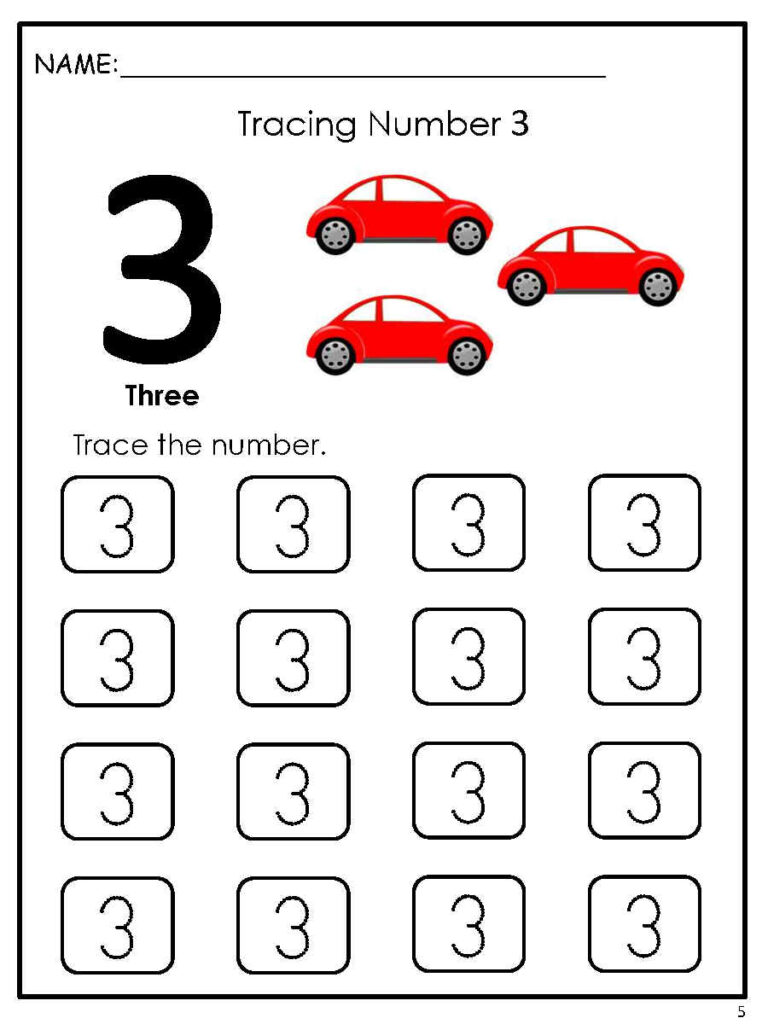
At What Age Should a Youngster Be Able to Count Backwards from A Given Number?
By the age of three to four, the youngsters should be tracing numbers and letters. Children begin by scribbling on paper, and as their pencil control improves, their number and letter formation improves as well. Tracing worksheets are usually a good technique to encourage kids to recognize numbers rapidly. When youngsters can trace the numerals 1-10, they can write almost any number.
Tracing: A Pre-Writing Technique (Plus a Lot More!)
Tracing is a pre-writing skill for toddlers.
Toddlers like scribbling as a way to express themselves and put their ideas on paper. It’s also known as “pre-writing,” or a practice that prepares students to write letters and words. When you incorporate tracing into your child’s drawing time, you’re helping to improve those pre-writing abilities while also creating a strong basis for drawing and emerging writing.
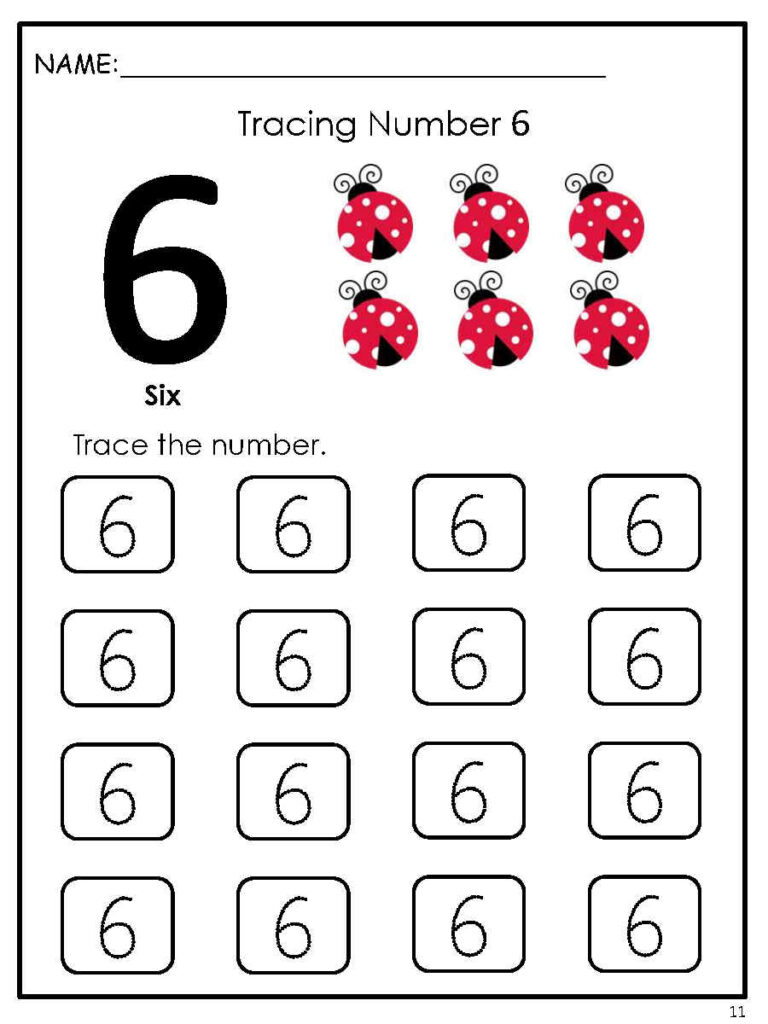
Why Is It Beneficial for Toddlers to Trace?
Tracing appears to be straightforward on the surface. Isn’t it merely a matter of duplicating certain lines, letters, or drawings? Tracing is actually quite useful – plus it’s a fun method to learn!
Tracing Helps 2 to 3-Year-Olds Develop:
Fine Motor Skills Are Required.
Tracing is a great technique to work on fine motor skills. Toddlers are just entering the emergent writing stage, when they realize that writing is a different method to express themselves. They do not, however, have the fine motor power and control required to create letters.
Simple exercises like drawing lines and shapes may help your toddler’s fingers, hands, and wrists gain strength and coordination. He’ll get better at gripping his writing tool the more he practices.
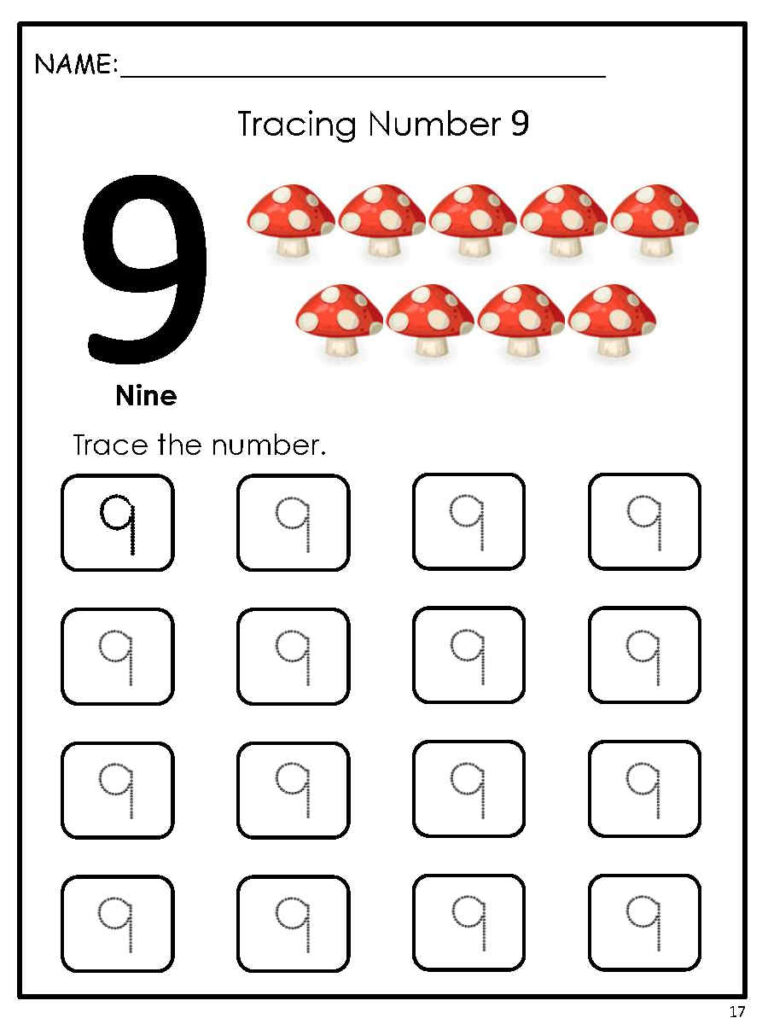
Pre-Writing Skills
If you offer your child some straight or zig-zagged lines to trace, he’ll learn the fundamentals of letter formation. Tracing can help your child enhance his drawing and writing abilities, giving him more polished and synchronized motions for handwriting. Other advantages of tracing before writing include:
- Developing a dominant hand (although this doesn’t normally happen until at least age 4)
- Developing the capacity to hold and control writing instruments
- Developing hand-eye coordination so that he can write where his eyes direct him.
- Visual tracking and right-and-left awareness are aided by crossing the midline.
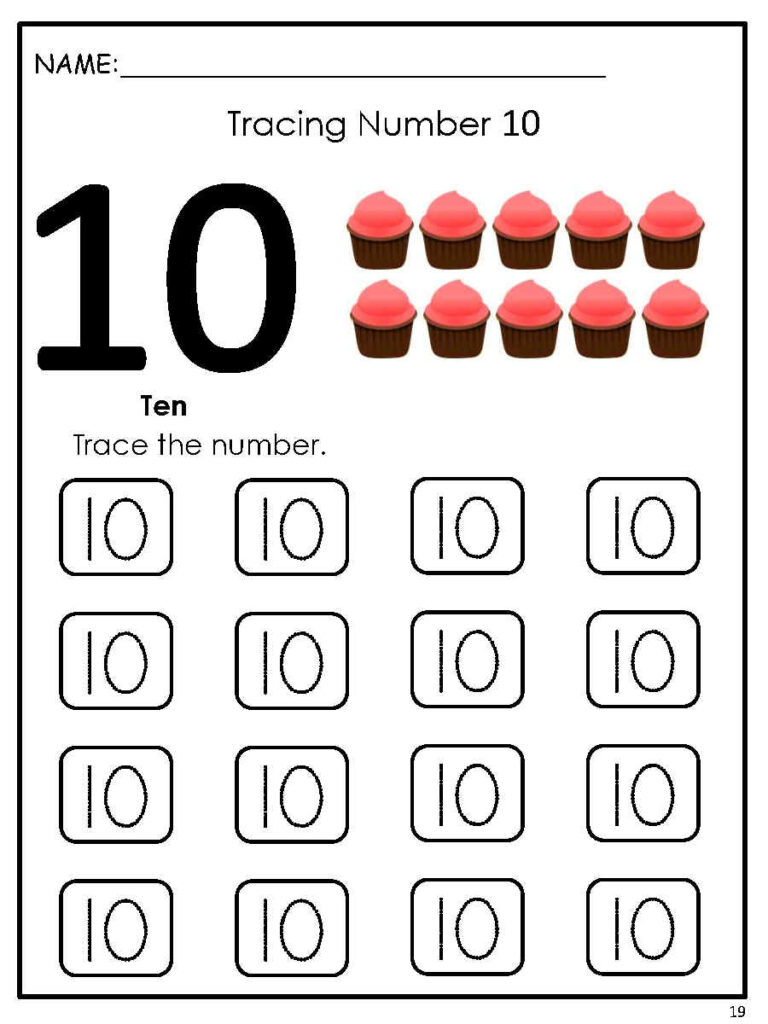
Concentration and Focus Are Important.
Pre-writing abilities generally go hand in hand with concentration and attention. Your child must concentrate on what he’s doing as he moves a pencil, crayon, or marker along a line with his hand and fingers. To stay on that line, he has to keep an eye on it while also reminding himself to maintain his writing instrument in his hand and moving. That’s a lot to focus on, but it’s all helping him improve his working memory and attention.
Skills in Visual-Spatial Perception
The capacity of your youngster to detect where things are around him, such as how far away the paper on the table is from his face, is referred to as visual-spatial abilities. He’ll learn how to connect what he sees (lines or shapes, for example) with how to make them with his pencil as he practices tracing.
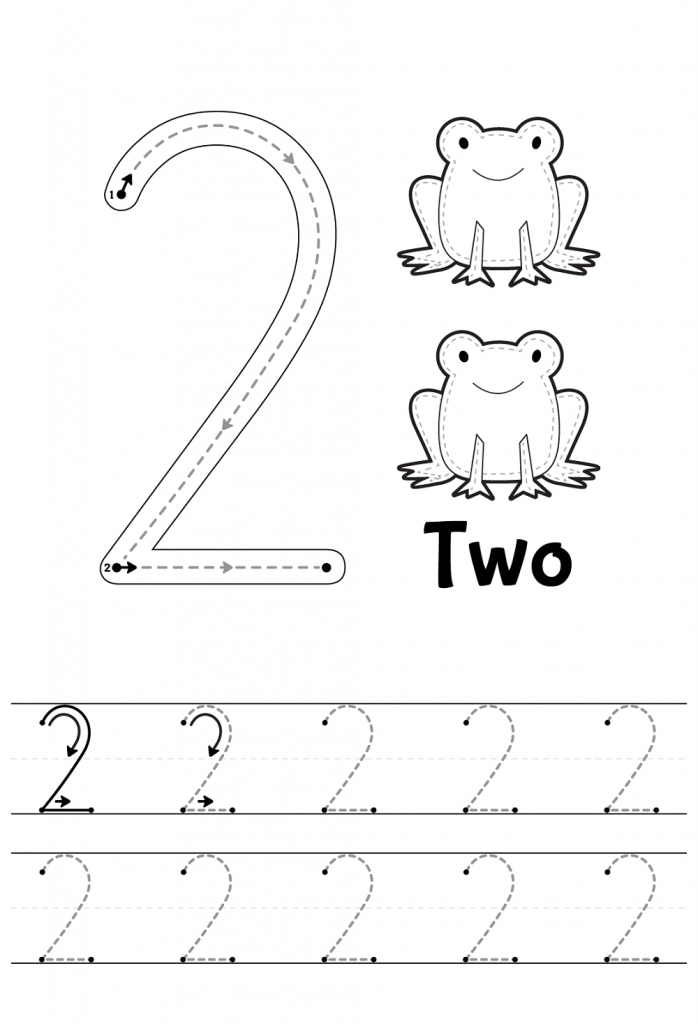
Skills in Sketching and Creativity
Tracing will also teach your youngster how to make movements that he may use to draw pictures on his own. Tracing curved lines, for example, will ultimately lead to him drawing his own curved line, which he may then use to create a rainbow.
Tracing allows preschoolers to practice the abilities they’ll need to write, such as how to hold a crayon or pencil. Children’s muscles and coordination are fine-tuned by tracing curved and straight lines, circles, and other forms, making the transition to writing easier. Children must employ fine motor skills while tracing a dot-to-dot puzzle, which also teaches them to learn to count. Encourage youngsters to play with modeling clay to increase hand and finger strength if they lack the ability to trace with a crayon or pencil.
Tracing the letters may be a wonderful technique for youngsters who are ready to start writing letters of the alphabet to memorize them and learn to write them clearly. Some worksheets include dot-to-dot letter patterns, while others have traceable solid-line letters. Children might benefit from illustrated tracing worksheets to help them develop early phonics abilities; for example, a letter tracing worksheet. A sketch of an apple may appear on a tracing worksheet.
By tracing items with their fingertips, children may learn to sketch them. A youngster could, for example, trace an apple with her finger before painting a picture of it. Before attempting to duplicate the pattern on paper, she might practice tracing the design in the air. This method of tracing art themes aids youngsters in identifying features such as whether the subject is straight or curved, smooth or rough. This familiarity can aid in the development of a child’s artistic confidence.




